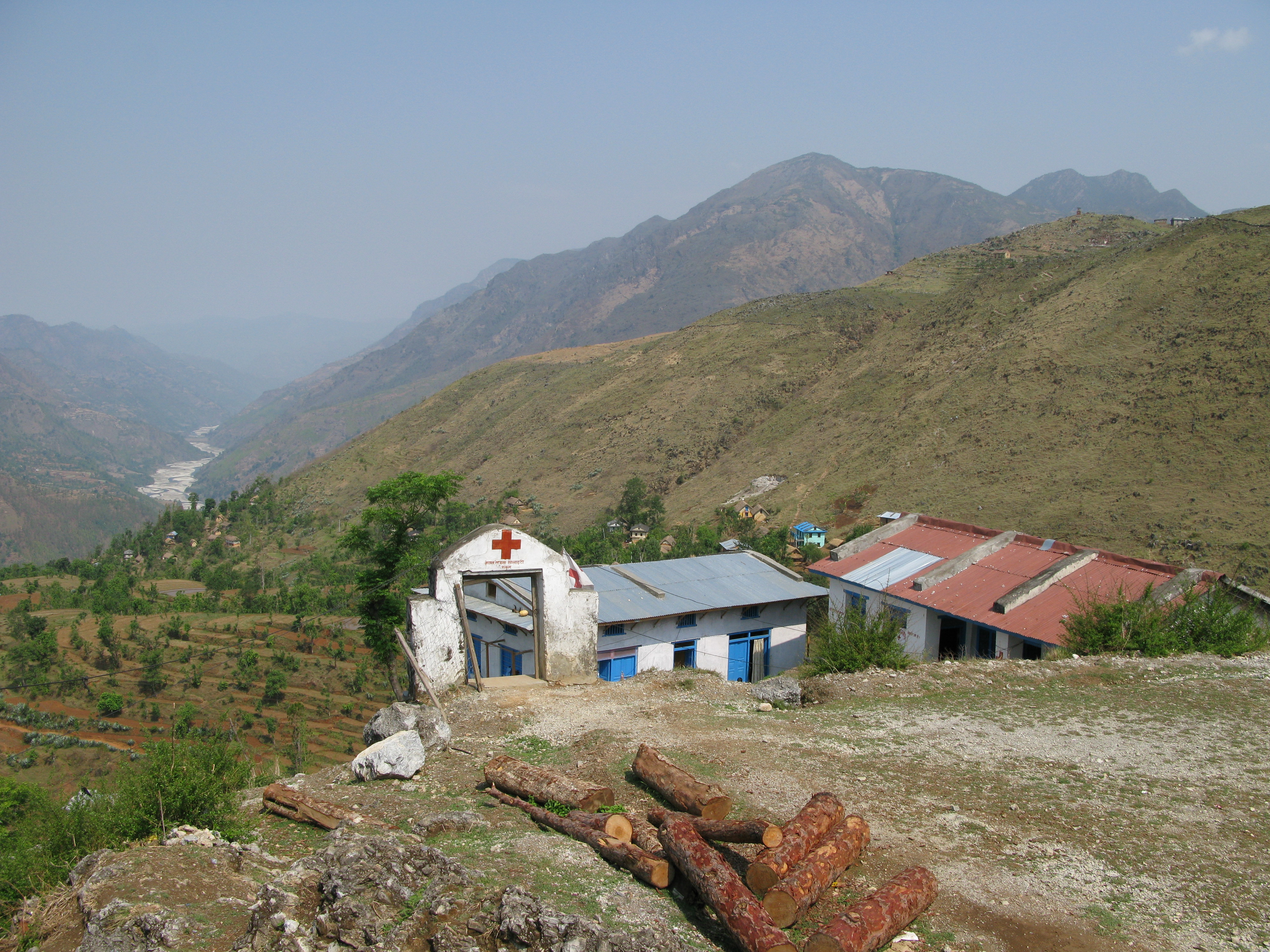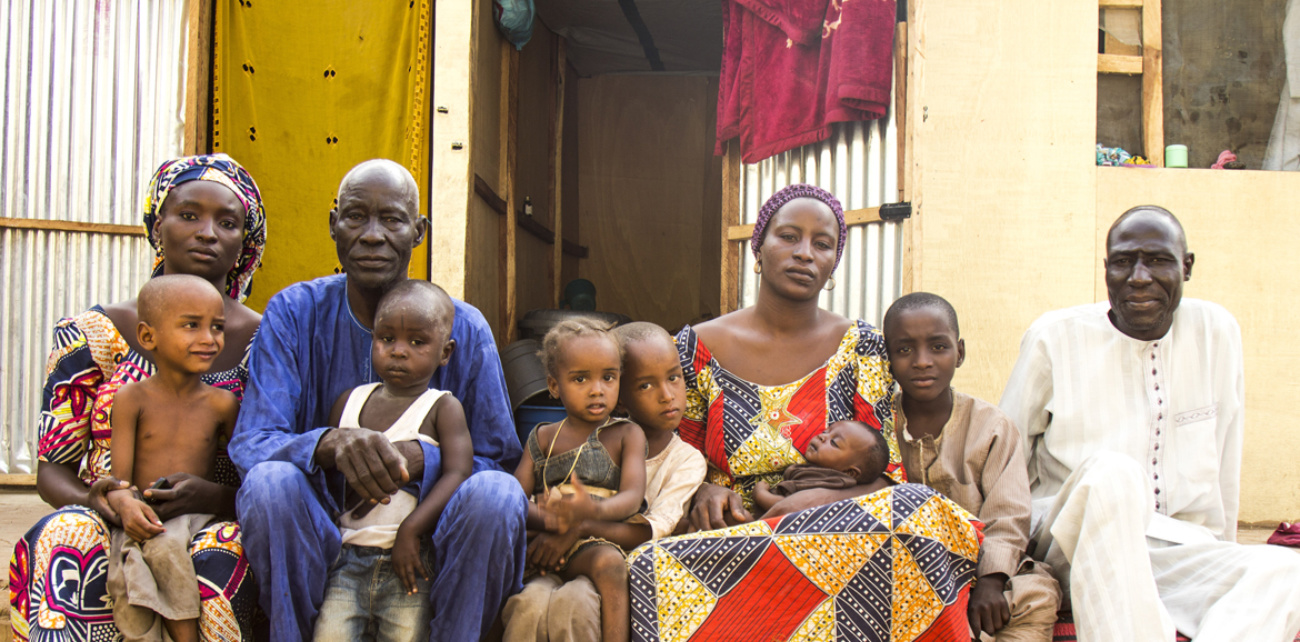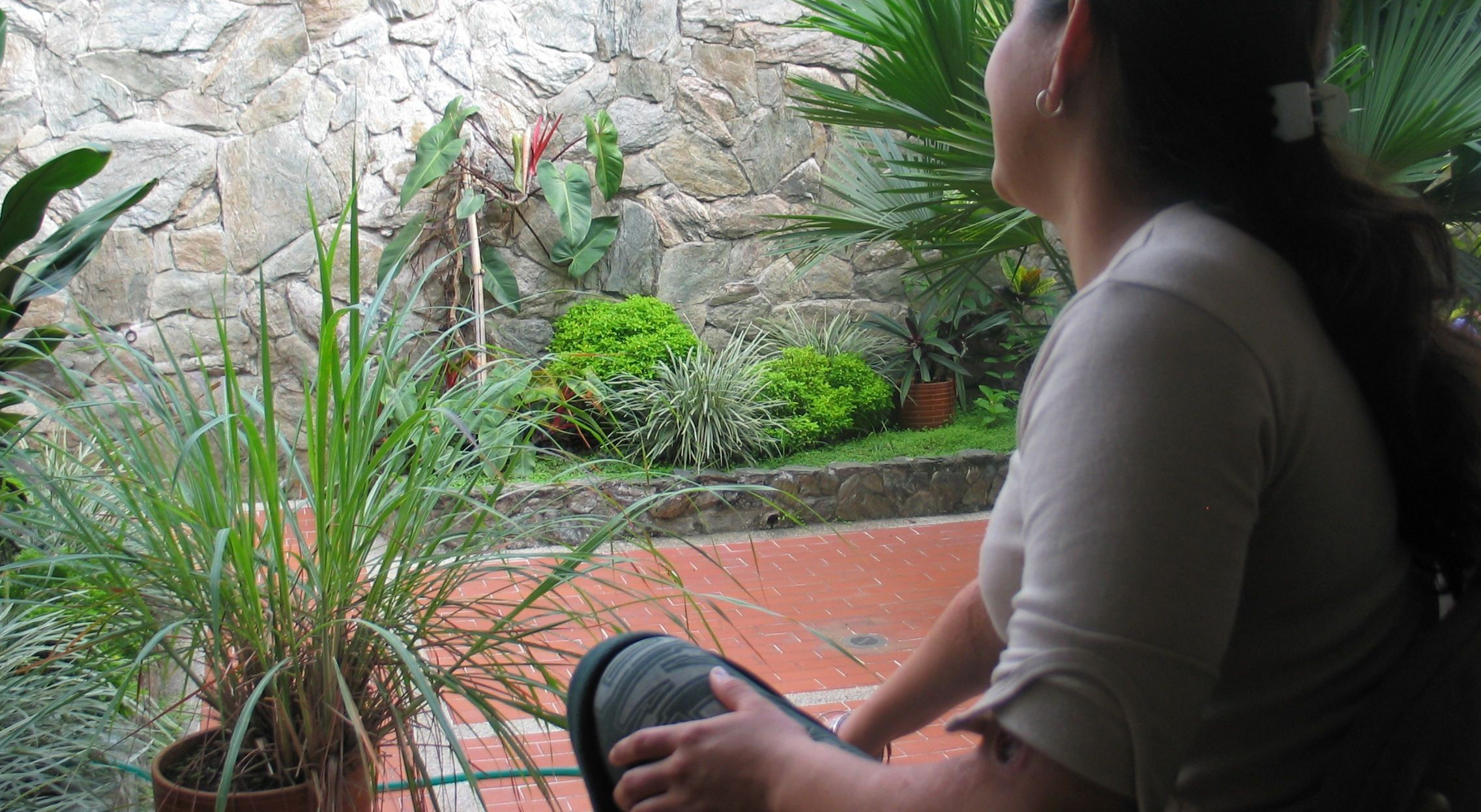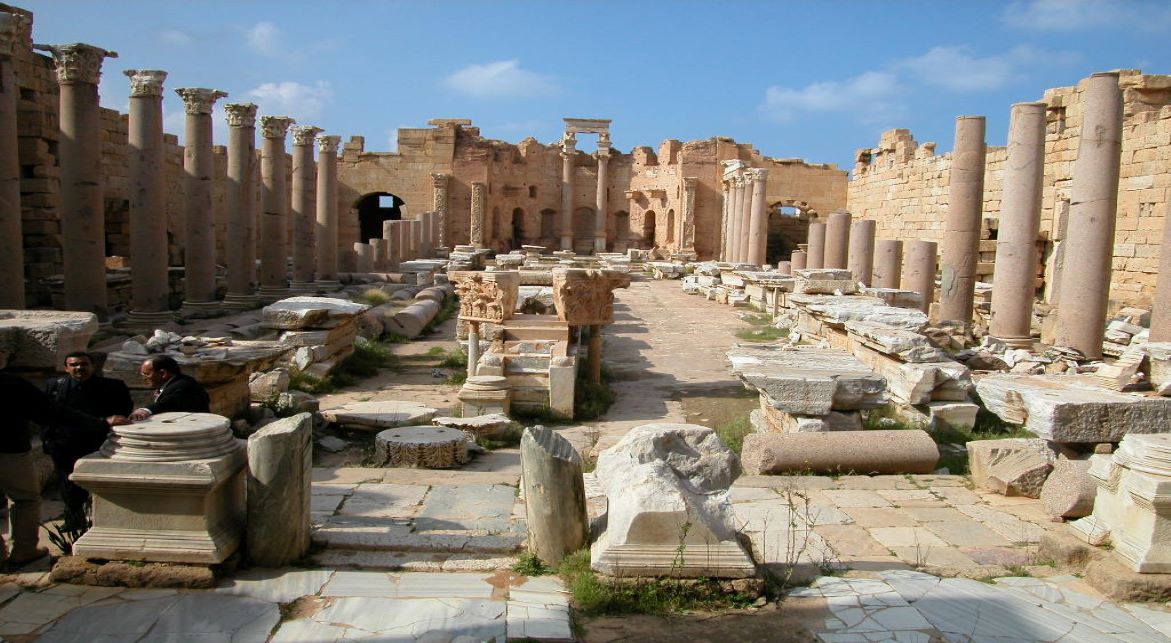Case prepared by Pierpaolo Castiglioni, Yiota Costantinidi and Fiammetta Ferioli, students at Roma tre IHL Clinic, under the supervision of Prof. Giulio Bartolini and Dr. Tommaso Natoli.
A. Implementing the 2006 Peace Agreement
Under the 2006 Comprehensive Peace Agreement (CPA) parties were committed not to use or enlist children in any military force and to release under-18s immediately. There were no further reports of government forces using children, but Maoist recruitment of children continued after the April 2006 ceasefire and there were delays in the registration and release of under-18 Maoist personnel cantoned under the CPA.
Context:
A ceasefire in April 2006 brought to an end the 10-year armed conflict between the security forces and the Communist Party of Nepal (CPN) (Maoist). King Gyanendra had been forced to relinquish power following mass demonstrations organized by an alliance of the seven mainstream political parties (the Seven-Party Alliance, SPA) and supported by the Maoists. A Code of Conduct agreed between the SPA and the CPN (Maoist) on 25 May 2006 provided for a freeze on new recruitment by either side, but there were no provisions relating to children already in the CPN (Maoist). A Comprehensive Peace Agreement (CPA), finalized in November 2006, included provisions committing the parties not to use or enlist children in any military force and to rescue and rehabilitate such children immediately. This was the first time the issue was considered in the peace process.
In January 2007 a newly set up United Nations Mission in Nepal (UNMIN), with the assistance of other UN agencies, embarked on a program of registration and verification of Maoist army combatants, the first phase of which ended in mid-February 2007. The start of the second phase, which among other things specifically aimed at the identification of minors, began in June 2007 but was subject to delays and not completed until December [...].
[...]
Disarmament, demobilization and reintegration (DDR):
Under the CPA both parties agreed [...] to not use or enlist children of 18 years or below in any military force". The CPA further provided that children recruited and used in armed groups should be "immediately rescued and necessary and proper cooperation should be provided for their rehabilitation". Of the more than 30,000 Maoist cadres originally registered in cantonment sites created under the CPA, 2,973 were assessed to be under-age, although other children were believed to have left the cantonments before the verification process was completed.
In October 2007 UNMIN expressed concern about delays in the discharge of Maoist personnel, specifically minors, from the cantonments and insisted that the discharge of the latter should be treated as an urgent priority. The lack of progress related to broader difficulties with UNMIN's monitoring of the Maoist army in accordance with the 8 December 2006 Agreement on the Monitoring of the Management of Arms and Armies (AMMAA). Both registration and discharge of under-18s were delayed because of the failure by the government and CPN (Maoist) to reach agreement on various issues, in particular the payment of allowances to cantoned Maoist cadres. By October 2007 UNMIN, together with UNICEF, were preparing to monitor the release of "substantial numbers" of under-18s who had been identified during verification in the first three cantonment sites. It was noted, however, that girls could face particular challenges in returning home and that generally there was a lack of economic opportunities in rural Nepal for returning young people.
Developments:
[...]
In a December 2006 report to the Security Council, the UN Secretary-General recommended that the government invite the Special Representative for Children and Armed Conflict to undertake a mission to Nepal in the near future to help to draw attention to and highlight the need to mainstream child protection issues into the transition and post-transition priorities of the government and its UN and civil society partners. The visit was scheduled to take place in August 2007 but was postponed; it had not taken place by the end of October.
[...]
At a February 2007 ministerial meeting in Paris, Nepal and 58 other states endorsed the Paris Commitments to protect children from unlawful recruitment or use by armed forces or armed groups and the Paris Principles and guidelines on children associated with armed forces or armed groups. The documents reaffirmed international standards and operational principles for protecting and assisting child soldiers and followed a wide-ranging global consultation jointly sponsored by the French government and UNICEF.
International standards:
Nepal ratified the Optional Protocol in January 2007.
B. Nepal, Maoist child soldiers begin process to rejoin civilian life in Nepal
[…]
Armed with only some cash supplied by the United Nations – Rs10,000 (NPR) / $ 140 – and the hope of schooling and jobs, the group of smiling and laughing young men with flower garlands around their necks and red 'tika' – or traditionally red powder – shining on their foreheads, waved from atop buses that drove them out of this Maoist army camp for the last time today. Choked up with mixed emotions, their former female comrades-in-arms waved from the windows of the crowded buses.
These young people were discharged here this week after being disqualified from military service thanks to a United Nations process that verified that they were minors – or late recruits – when the ceasefire ending Nepal's civil war was signed in May 2006. Their lives have been on hold for the past two years while negotiations for their release dragged on. Over the next month, those disqualified in the remaining six UN-monitored cantonments scattered across this country will also be discharged.
[...]
The discharge, which is scheduled to be completed in seven cantonments across the country by mid February 2010, is part of an Action Plan signed in December 2009 by the Government of Nepal, the Unified Communist Party of Nepal - Maoist (UCPN-M), and the United Nations. When it is verified that the UCPN-M has fully complied with the plan, the party can be considered for removal from the list of parties that recruit and use children, which is included in the annual UN Secretary-General's Report on Children and Armed Conflict.
[…]
"The release of these young people sends out a symbolic message for the New Year," said UNICEF Representative in Nepal Gillian Mellsop.
"Not only can these young people now finally get on with their lives, but this also marks a new beginning at the start of a new decade for Nepal, so that it can move forward to a more stable, peaceful future," she added.
[...]
C. Nepal, last group of Maoist child soldiers discharged
[Source: Unicef, Last Group of Maoist Child Soldiers Discharged in Nepal, 17 February 2010, available at https://reliefweb.int/report/nepal/last-group-maoist-child-soldiers-discharged-nepal]
[…]
Now, almost exactly 14 years later, the last of the child soldiers who once formed part of the Maoist rebel force were set to be discharged from the UN-supervised cantonment here. [...]
The discharge process started on 7 January of this year. In total, almost 3,000 former child soldiers have been discharged from the Maoist fighting forces after the United Nations verified that they were minors.
The process of identifying child soldiers and disqualifying them from military service ended in 2007, but negotiations for their release have dragged on since then. About 500 of them are still under 18 today, and about a dozen are under 16. About one-third of the disqualified soldiers are female.
Each of the young people receives 10,000 Nepalese Rupees (around $140) upon discharge, as well as rehabilitation assistance from the government and the United Nations in Nepal. This assistance includes formal schooling, vocational training, education as health workers, and help with setting up small businesses.
[…]
"What we all need to do now is act swiftly to ensure that these young people get the full benefits from the rehabilitation packages," said [UNICEF Representative in Nepal] Gillian Mellsop, "so that they can reintegrate successfully and help build Nepali society fractured after this long conflict. That is the big challenge going forward."
D. Nepal: UN reports progress in rehabilitating child soldiers from civil war
A Security Council working group today reported significant progress on the release and reintegration of thousands of Nepalese child soldiers who fought in the decade-long civil war between the then-royalist government and Maoist insurgents.
During “a very constructive” week-long visit, the Working Group for children and armed conflict conferred with the Government and the Unified Communist Party of Nepal-Maoist (UCPN-M) on the Action Plan the two signed with the United Nations last December for the re-integration of minors released by the Maoist army.
“I am particularly pleased to report on the commitments that the UCPN (Maoist) and other political party officials made during our discussions,” Mexican Ambassador Claude Heller, chairman of the Working Group, told reporters in Kathmandu, the Nepalese capital.
“The Working Group feels these commitments constitute a significant step in the right direction for the children and youth of Nepal,” he said, citing UPCN-M Chairman Pushpa Kamal Dahal’s agreement to significantly strengthen coordination with the UN to monitor implementation of the Action Plan so as to address remaining challenges in its execution.
Under this agreement, the UN Monitoring Team will meet with the UCPN-M on a regular basis to address the concerns that have been reported.
On talks with the Government, Mr. Heller noted that the Ministry of Peace and Reconstruction pledged to press for Cabinet approval and speedy implementation of the national plan to rehabilitate and reintegrate child solders and other conflict-affected children.
Chairmen of political youth wings agreed to work with the UN to find ways to end the use of children below the age of 18 in potentially violent political activities and to exclude schools, school children and school personnel from strikes and other work actions.
The delegation and the Nepalese discussed Secretary-General Ban Ki-moon’s next report on children and armed conflict, due in April, which contains annexed lists of parties responsible for recruitment and use of child soldiers. The Government and Maoists both have responsibilities under the Action Plan and removal of parties from the lists depends on full compliance with the plans they have signed, Mr. Heller said.
“I would like to relay the Council’s firm support for the peace process in Nepal and highlight that all parties in Nepal told the Working Group that the Action Plan and release of verified minors from the cantonments signalled a key event in this beautiful country’s moves toward a consolidated peace,” he added.
“I hope the latest commitments and their effective fulfilment, with the support of the UN, will signal another step toward lasting peace for Nepal.”
Under the Action Plan signed on 16 December 2009, nearly 3,000 child soldiers who served in the Maoist army were discharged by February in a move the UN hailed as a milestone in the country's peace process.
E. Nepal ex-Maoist child soldier shares plight of his 3000 peers
More than 10 years after the 2006 peace agreement brought an end to Nepal’s civil war, about 3,000 former child soldiers who were used by Maoists to fight the then-monarchy remain jobless. One of them, Lenin Bista, was given arms to fight for a revolution when he was just 12 years oldNow 27, Bista is still fighting, now democratically and without arms, to demand justice for his peers, which include a few hundred women.
[…]
The use of child soldiers constitutes a war crime, Bista stresses as he speaks to The Diplomat. As the leader of this ongoing struggle for justice, he has paid a heavy price. He was kidnapped and jailed, but continues to raise his voice on behalf of the others, who, like him, are still awaiting employment.
Discussion
I. Classification of the Conflict and Applicable Law
1. How would you classify the situation in Nepal before 2006? On what criteria is your determination on classification based? Who were the parties to the conflict? (
GC I-IV, Art.3 )
II. Protection of children in armed conflicts
3. Are the rules protecting children different in IAC and NIAC? Are States and non-State parties similarly bound by the provisions on the prohibition of recruitment and use of children in hotilities? (
P I, Art. 77 ;
P II, Art. 4(3) ,
6(4);
CIHL, Rules 135-
137)
III. Elements contributing to respect for IHL
6.How has the Comprehensive Peace Agreement of 2006 encouraged the Maoists, as a newly recognized political party, to reintegrate child soldiers into their families? What changed in 2010 that encouraged them to implement their obligations?
7. Why is releasing child soldiers a key part of the peace process?
8. What was the role of the UN missions and monitoring agencies in the release and reintegration process of child soldiers? Why was international assistance so crucial to ensure the successful implementation of the Action plan?
9. Why did the removal of the Maoist party from the list of parties that recruit and use children, included in the annual UN Secretary-General's Report on Children and Armed Conflict, an important incentive to comply with the law?
10. Why is international and national public opinion so important in non-international armed conflicts?
11. (Document E) Despite the successful release of child soldiers, why does reintegration into society remain such a challenge seven years later? What lessons learned could be drawn from the Nepali situation to avoid such challenges and prevent recruitment of child soldiers during an armed conflict?





